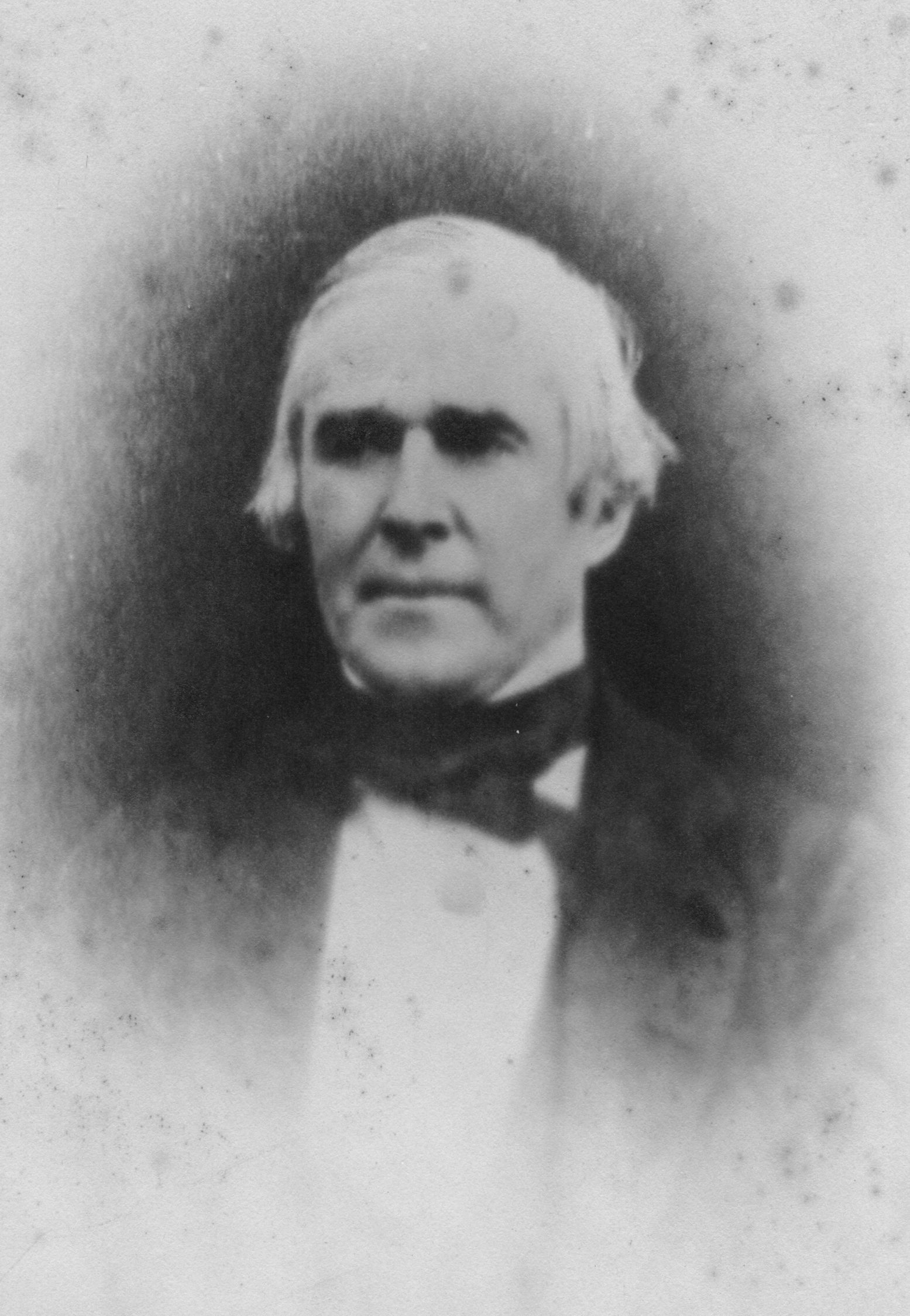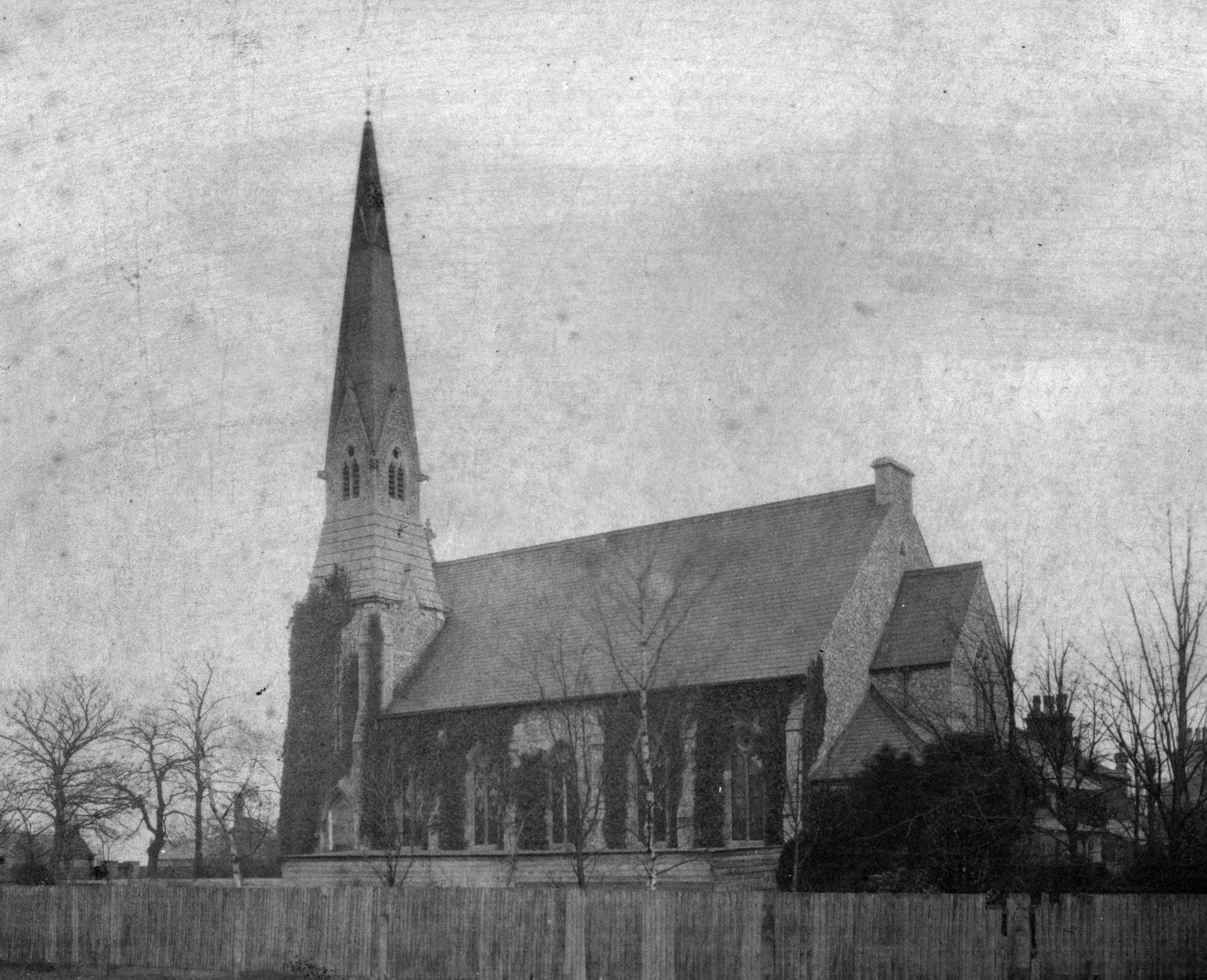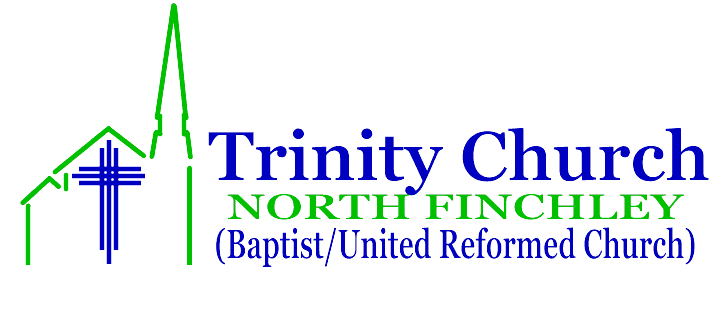In 1850 the railway came to Colney Hatch (now New Southgate) and the population of the area grew. North End ( now North Finchley), which had had a population of only 1000, mainly agricultural workers, was changing. Finchley Common, to its east, had become enclosed and the fields of North End were beginning to be built on. Soon, in 1867, the Gt. Northern Railway would reach Finchley Church End.
The only place of worship was Mr Thomas Newman’s Cottagers’ Chapel, which was no longer big enough for all who wanted to attend. A group of influential people in the district including Mr Newman, Mr Ebenezer Homan, Mr Frederick Goodyear, and Mr John Hey Puget meeting at the end of 1863 felt that:
“Provision should be made, more appropriate in its kind, and more adequate in its accommodation, for the preaching of the Gospel, the Communion of believers, and the instruction of the young”.

Formation of Finchley Common Congregational Church
At a public meeting at the Cottagers’ Chapel on 28th January 1864, Mr Puget offered to give a site for the new church in Nether Street “if the inhabitants of the neighbourhood were prepared to raise the requisite funds for the erection of the building”.
Within a few days nearly half the cost, £1000, had been raised and soon the plans for the new church were drawn up. The architect’s drawing for the church, to be called Finchley Common Congregational Church, is below.
On 23rd June 1864 the church was founded, the stone being laid at a ceremony attended by, among others, Mr Newman and Mr Puget. The address was given by the Rev. Thomas Hill who had just been appointed as the first minister of the church. A message in a bottle was buried in the foundation stone, the message starting with the words “This house is built for God”.
On the 22nd February 1865 the first 47 members of the church signed the church covenant, then on the 6th April the new church building was opened and soon established itself in the district.
A school was built at the same time as the church and in 1866 a parsonage was built on land behind the church.

Rev Thomas Hill was an ideal first minister of the new church as he had already seen another new church built, in his previous pastorate. He had been called to Finchley Common Congregational Church “to gather a congregation and form a church” which he succeeded in doing. Within ten years the 500 seats in the church were not enough for the increasing congregation and more seats had to be provided in 1875 and1876. Mr Hill also had some responsibilities for the Mission Room (later the Mission Hall) and the day school until it was taken over by the School Board for London in 1881. “The choice of the Rev Thomas was a very happy one. He had not spared himself in the opportunities which his ministry had brought him”
In 1894 the church was enlarged by extending the nave and adding transepts and the hall was built.
In 1896 Mr Hill retired aged 79. In that year the Rev John Oates became the minister until 1919. The period of rapid growth in the church was over by then and this was a more stable time in the church’s history.
The Annex was built in 1924 when Rev L McCrea was the minister (from 1920 to1934).






